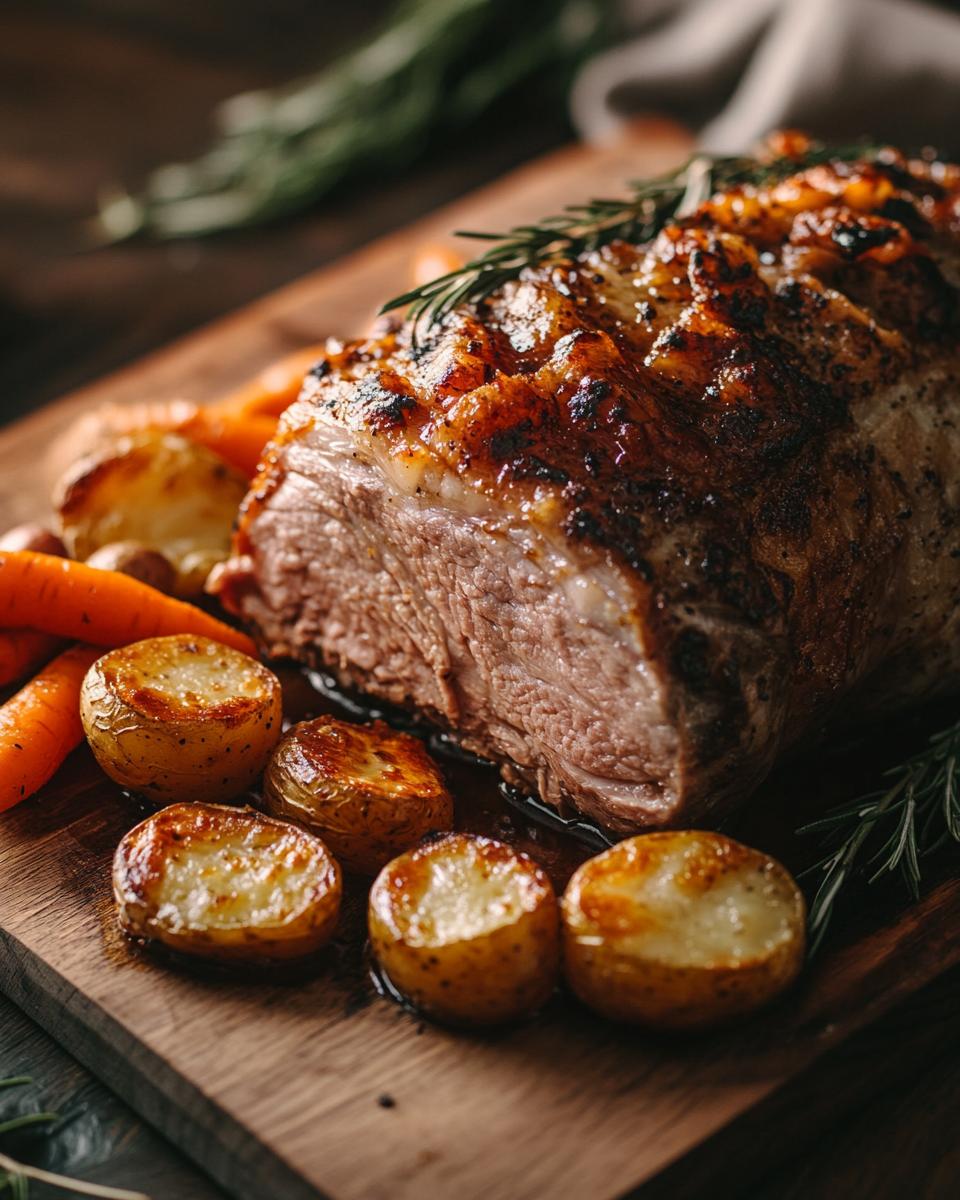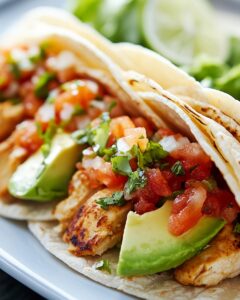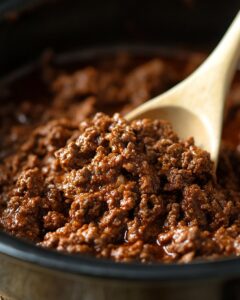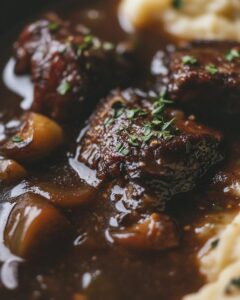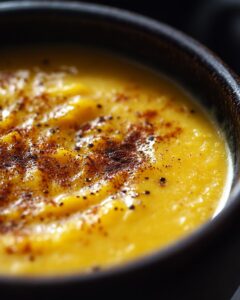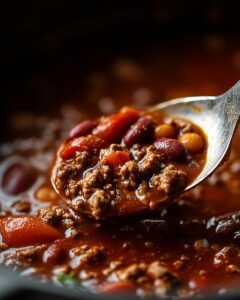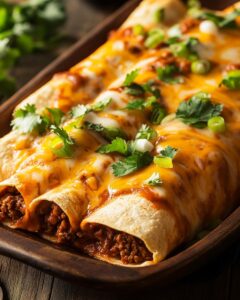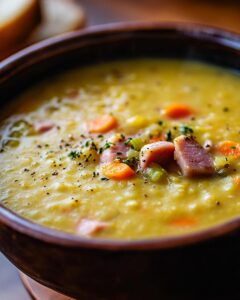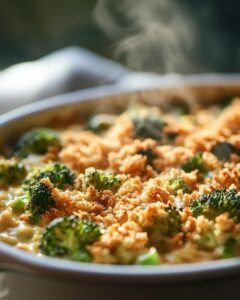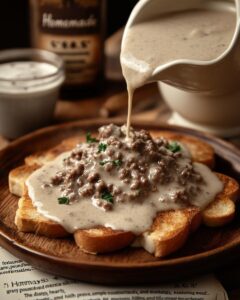Pork Rib Roast Recipe: Discover Secret Tips for Juicy Perfection
Are you ready to uncover the secrets to the perfect pork rib roast recipe? Look no further! This post will guide you step-by-step to achieving a juicy, flavorful pork rib roast that will impress your family and friends. Whether you’re a seasoned cook or a kitchen novice, these tips and tricks will elevate your cooking game.
In this recipe:
- Ingredients you need
- Step-by-step instructions
- Pro chef tips for perfection
- FAQs answered
- Related recipes to try
Cooking a pork rib roast doesn’t have to be intimidating. With the right approach and a few secret techniques, you can achieve a mouthwatering result every time. Ready to get started? Let’s dive into the details!
For more amazing pork recipes, check out our Oven Baked Ribs and Bone In Pork Chop recipes. These dishes are sure to delight your taste buds and add variety to your meal planning.
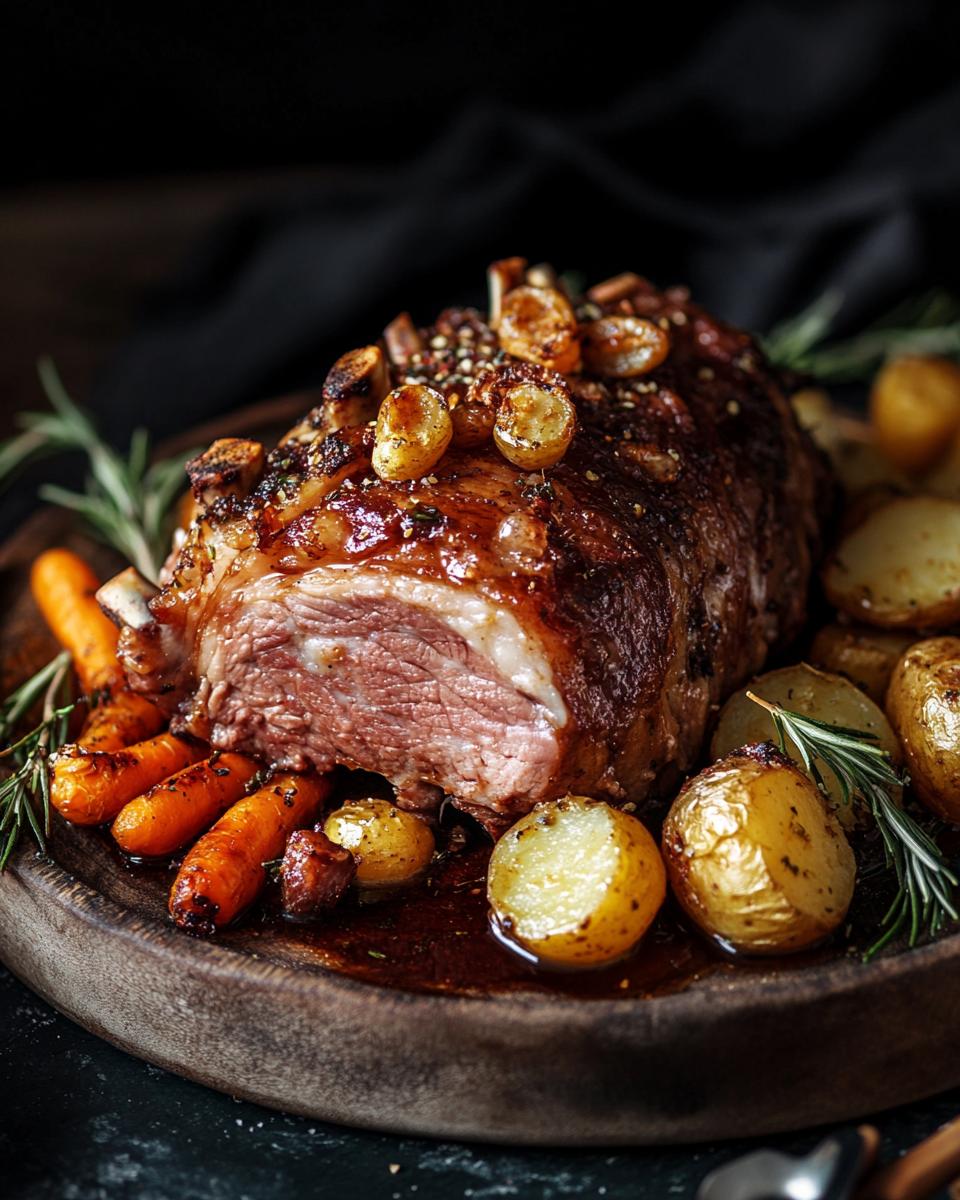
Who Can Make This Recipe, Difficulty Level, What You Need to Get Started
This easy pork rib roast recipe is perfect for home cooks of all levels. Whether you’re a beginner or an expert, you’ll find this pork rib roast recipe for the oven straightforward and rewarding.
The difficulty level is moderate, making it accessible to anyone with basic cooking skills. You don’t need to be a professional chef to master this dish. With a few essential tools and a bit of patience, you can achieve a delicious, tender roast that will impress your guests.
Essential Tools You’ll Need
Before you start, gather these essential kitchen tools:
- A roasting pan
- A meat thermometer
- A sharp knife
Having these tools on hand will ensure you can follow the recipe accurately and achieve the best results. The meat thermometer is particularly important for checking the internal temperature, ensuring your roast is cooked to perfection.
For those looking for more detailed guidance, you can also refer to this oven-roasted rack of pork guide by Chef Dennis.
So, are you ready to discover the best way to cook pork rib roast? With this recipe, you’ll learn how to balance flavors and textures, creating a dish that’s both succulent and flavorful. Let’s get cooking!
The Ingredients Needed to Make Pork Rib Roast
Now that we’ve covered the minimal equipment required, let’s dive into the heart of the recipe: the ingredients. Choosing the right ingredients is crucial for achieving the perfect pork rib roast. Freshness and quality can make a significant difference in flavor and overall success. So, let’s ensure you have everything you need to create the best pork rib roast recipe!
Gathering Your Ingredients
Here’s a comprehensive list of fresh ingredients that will ensure the best flavor for your pork prime rib roast recipe. If you have dietary preferences or certain items are unavailable, I’ve included some suggestions for substitutions too.
- 3-4 pounds pork rib roast
- 2 tablespoons olive oil
- 1 tablespoon salt
- 1 teaspoon black pepper
- 1/2 teaspoon garlic powder
- 1/4 teaspoon paprika
- 1/4 teaspoon cumin
- 1/4 teaspoon chili powder
- 1/4 cup beef broth
- 1/4 cup red wine
- 1/4 cup apple cider vinegar
- 2 cloves garlic, minced
- 1 onion, chopped
- 1/2 cup sliced mushrooms
- 1/2 cup chopped fresh parsley
For those who might prefer a different seasoning profile or need a substitute, here are a few suggestions:
- If you’re out of olive oil, try using avocado oil or vegetable oil.
- No beef broth? Chicken or vegetable broth works well too.
- For a non-alcoholic option, replace red wine with grape juice or additional broth.
- Feel free to experiment with different herbs, like rosemary or thyme, for a unique twist on your pork rib roast marinade.
Using these fresh and high-quality ingredients will elevate your pork rib roast to a whole new level. Ready to get started? Let’s move to the next step!
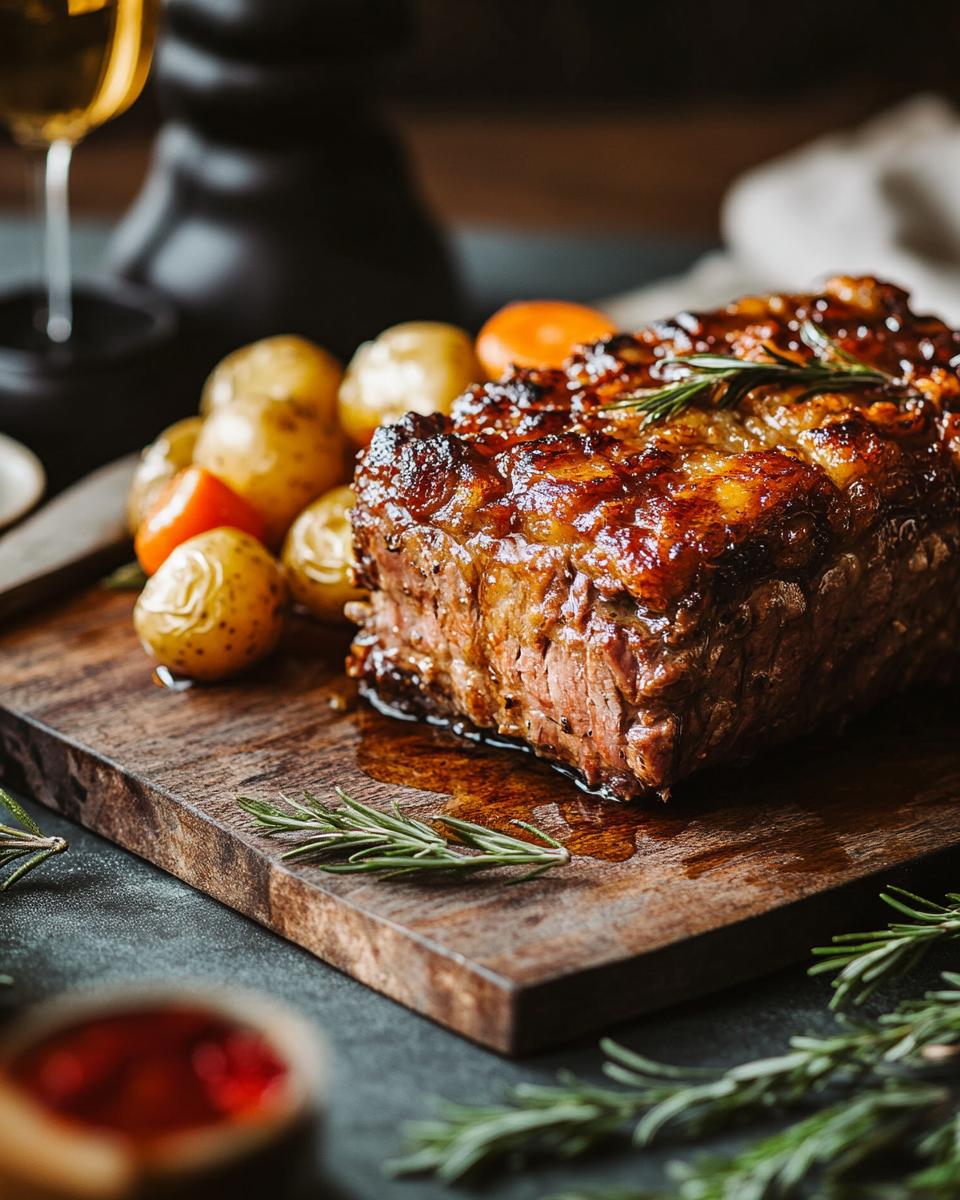
Step-by-Step Guide on How to Make Pork Rib Roast
Now that you have all the ingredients for making the perfect pork rib roast, it’s time to dive into the step-by-step process. This guide will help you create a delicious, slow roasted pork rib roast that will impress your family and friends.
Preparing the Pork Rib Roast
Start by patting the pork rib roast dry with paper towels. This ensures a good sear and helps the seasoning adhere better. Rub the pork rib roast with olive oil, making sure to cover all sides.
Next, mix together salt, black pepper, garlic powder, paprika, cumin, and chili powder in a small bowl. Generously rub this spice mixture all over the pork rib roast. The spices will create a flavorful crust that enhances the taste of the meat.
Place the seasoned pork rib roast in a roasting pan. Preheat your oven to 375°F (190°C). This initial high temperature helps to sear the outside of the roast, locking in the juices.
Roast the pork rib roast at 375°F for 30 minutes. Then, reduce the oven temperature to 325°F (165°C) to continue slow roasting. This lower temperature ensures even cooking and a juicy interior. You should roast the pork rib roast for an additional 1-1.5 hours.
To achieve the perfect pork rib roast, use a meat thermometer to check the internal temperature. The ideal pork rib roast temperature should reach 145°F (63°C). This will ensure the meat is cooked through but still tender and juicy.
During the last hour of cooking, baste the pork rib roast with the sauce made from beef broth, red wine, apple cider vinegar, garlic, onion, and mushrooms. Basting helps maintain moisture and adds extra flavor to the meat.
Once the pork rib roast reaches the desired temperature, remove it from the oven and let it rest for 10-15 minutes. Resting allows the juices to redistribute throughout the meat, making it easier to slice and ensuring each bite is succulent.
Slice the pork rib roast against the grain for the best texture. Serve with the remaining sauce and enjoy a wonderfully juicy and flavorful meal.
By following these steps, you can achieve a slow roasted pork rib roast that’s cooked to perfection, with the right pork rib roast cooking time and temperature. Your guests will be delighted by the taste and tenderness of your dish!
Serving and Storing Ideas and Tips
Now that you’ve mastered the steps to make this succulent pork rib roast, let’s dive into some serving and storing tips to round out your culinary experience. Whether you’re a seasoned chef or a kitchen novice, these simple tips will ensure you get the most out of your roast.
Serving the Perfect Pork Rib Roast
When it’s time to serve, slice the pork rib roast against the grain for maximum tenderness. Arrange the slices on a platter and garnish them with fresh parsley for a pop of color. This pork rib roast pairs wonderfully with roasted vegetables, which can be cooked alongside the roast in the oven. Consider using root vegetables like carrots, potatoes, and parsnips for a hearty, complementary side.
Don’t forget the sauce! Drizzle the flavorful sauce made from beef broth, red wine, and mushrooms over the pork slices. This adds an extra layer of moisture and richness to each bite. The combination of the tender pork with the savory sauce and roasted vegetables will surely impress your guests.
Storing Your Pork Rib Roast
Have leftovers? No problem! Storing pork rib roast is simple. Place any leftover slices in an airtight container and refrigerate for up to three days. For longer storage, freeze the slices in a freezer-safe container for up to two months.
Looking for left over pork rib roast recipes? Transform your leftovers into a delicious pork rib roast sandwich or add them to a hearty salad. Simply reheat the slices in a skillet with a bit of olive oil to maintain their juiciness. Serve on a fresh bun with your favorite condiments or toss into a salad with fresh greens and a tangy vinaigrette.
The possibilities are endless, and with these tips, you’ll find that making and storing pork rib roast is accessible for all levels of cooking expertise. Enjoy your culinary journey!
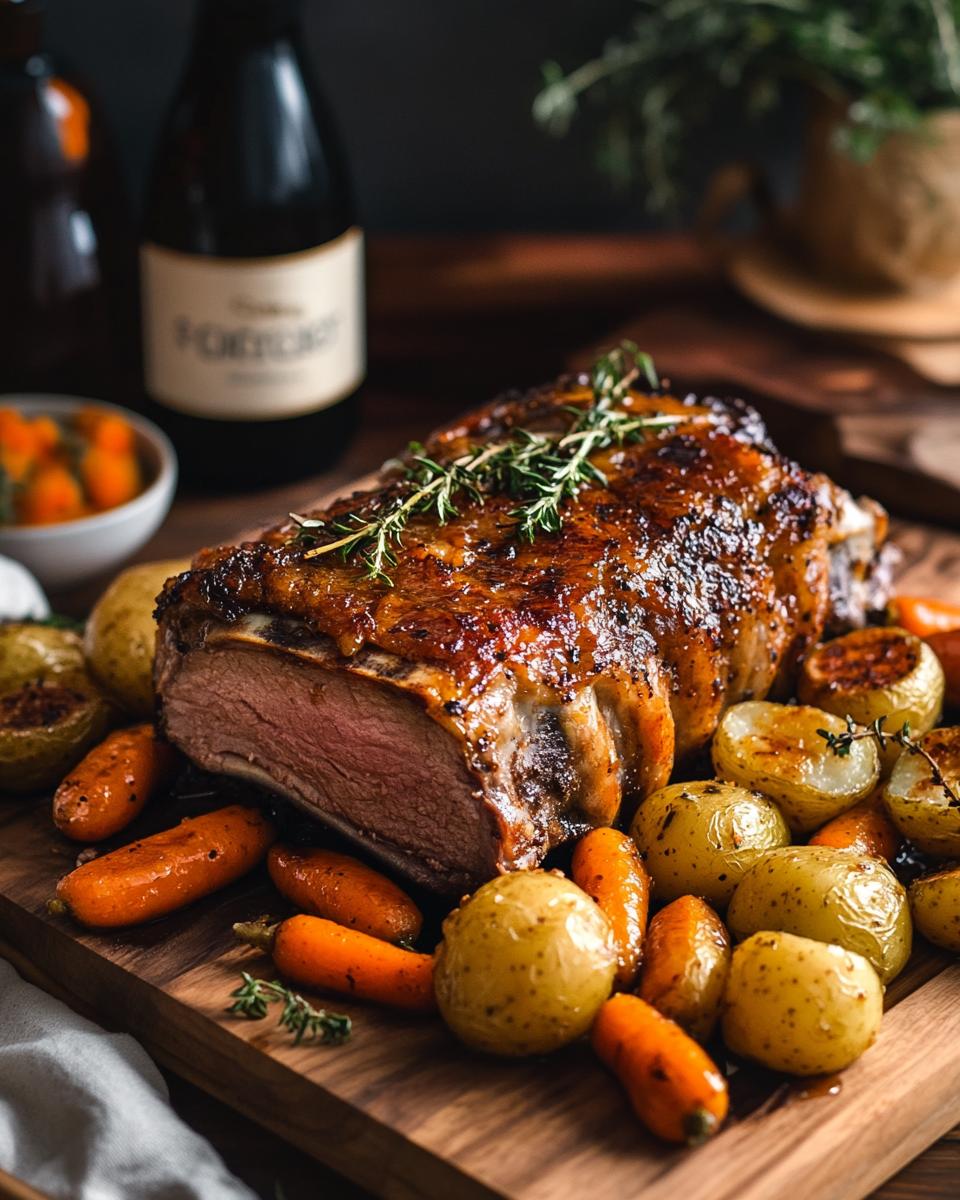
Pro Tips for Cooking Pork Rib Roast
- Always pat the pork rib roast dry before seasoning.
- Use a meat thermometer to check the internal temperature.
- Let the roast rest for 10-15 minutes before slicing.
- For extra flavor, marinate the pork overnight.
- Baste the roast with its juices every 30 minutes.
- Use fresh herbs like rosemary and thyme for seasoning.
- Choose a high-quality cut of pork for the best results.
- Preheat the oven to ensure even cooking.
- Slice against the grain for tender meat.
- Pair with roasted vegetables for a complete meal.
FAQ – Ingredient Replacement Options, Money-Saving Tips, Relevant Tips
Welcome to our FAQ section! Here, we address some common questions about ingredient replacements, money-saving strategies, and additional cooking tips to help you make the most out of your pork rib roast.
Ingredient Replacement Options
Q: Can I replace the wine in the recipe?
A: Absolutely! If you prefer not to use wine, you can substitute it with an equal amount of apple juice or chicken broth. This will maintain the liquid balance without compromising the flavor.
Q: What if I don’t have apple cider vinegar?
A: You can use white wine vinegar or lemon juice as a replacement. Both options will provide the necessary acidity to enhance the overall taste of your pork rib roast.
Q: Is there an alternative to olive oil for this recipe?
A: Yes, you can use avocado oil or canola oil. These oils have a high smoke point and will work well for searing the pork without altering the flavor profile.
Money-Saving Tips
Q: How can I save money on buying a pork rib roast?
A: Look for sales or discounts at local butcher shops or grocery stores. Buying in bulk or during holiday promotions can also significantly reduce costs. Additionally, consider purchasing from a local farmer’s market for fresher and sometimes cheaper options.
Q: Are there budget-friendly alternatives to some of the ingredients?
A: Yes, you can use dried herbs instead of fresh ones, which are often more affordable and have a longer shelf-life. Opt for generic brand spices and broths to further cut costs without sacrificing quality.
Relevant Cooking Tips
Q: How can I ensure my pork rib roast is cooked evenly?
A: Use a meat thermometer to monitor the internal temperature. This ensures the roast reaches the ideal 145°F (63°C) without overcooking. Also, allowing the meat to rest after cooking helps redistribute the juices for a more flavorful experience.
Q: Any tips for enhancing the flavor of the roast?
A: Marinating the pork rib roast overnight in a mixture of your favorite herbs and spices can deepen the flavor. Additionally, basting the roast with its juices midway through cooking keeps it moist and flavorful.
For more detailed tips and recipes, check out this comprehensive guide on Herb-Garlic Pork Rib Roast.

